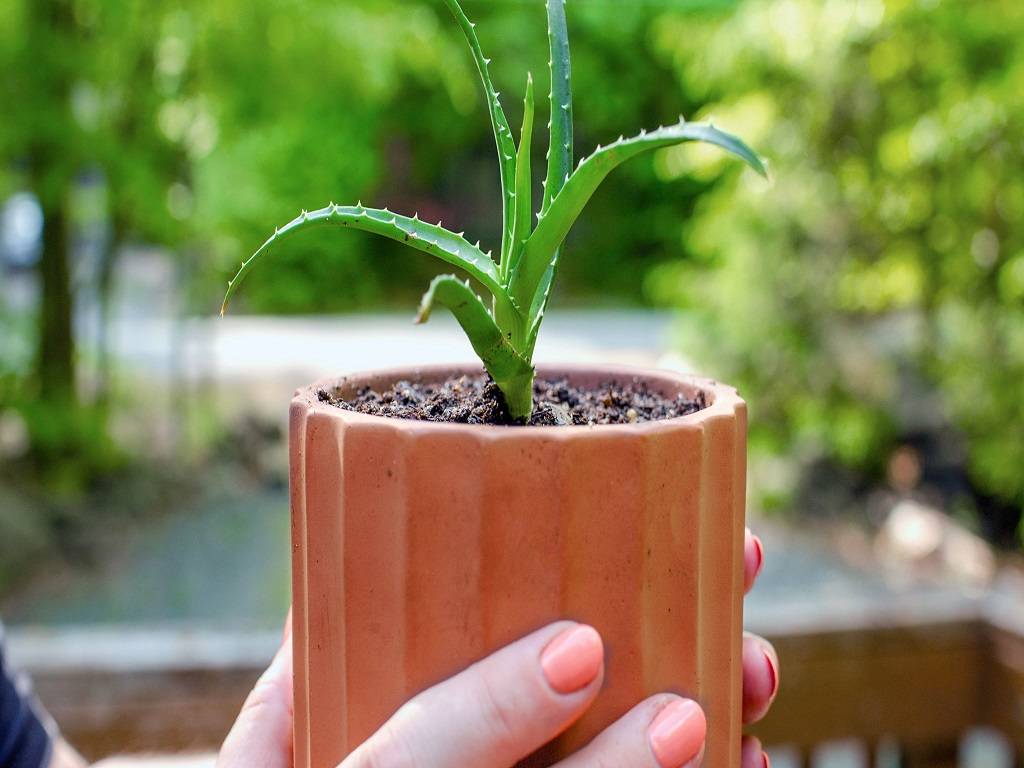
Aloe vera plants, in addition to their numerous medicinal and cosmetic benefits, are among the fastest-growing and lowest-maintenance succulents available, making them a popular option among first-time plant owners.
But just because they're low-maintenance doesn't mean they're immune to health problems, the most common of which is browning leaves.
We're not talking about the ends of the leaves becoming brown (which is usually a symptom of drowning), but rather the full leaf (or leaves) turning brown and soggy.
In comparison to the stiff, pointed leaves found on a healthy aloe vera plant, these leaves are limp and flaccid – they are frequently indicative of an underlying problem that must be treated.
So, what causes the browning of aloe vera leaves? And what can be done to help a plant in this situation? Continue reading to learn everything you need to know, including expert advice on how to keep your aloe vera plant happy and healthy in the future.
Why do Aloe Vera leaves turn brown?
Overwatering is the primary cause of aloe vera leaves turning brown and soggy, and it is one of the most common mistakes new plant owners make.
"Aloe veras are native to the hot and dry Arabian Peninsula and, like all succulents, have adapted to these conditions by storing water in their thick leaves so they can endure extended periods of drought," explains Maddie, plant expert at The Stem, an online garden center.
"As with any houseplants, it's ideal to try to match the conditions of their natural environment, therefore the key for an aloe vera is to water infrequently."
Can brown Aloe Vera leaves turn green again?
Whether or not you can nurse your plant back to health is mainly determined by how quickly you deal with the problem.
Indeed, once a leaf has grown completely brown and limp, it cannot be saved; instead, it must be removed completely with scissors or shears.
What’s the best way to deal with brown Aloe Vera leaves?
If you notice your aloe vera plant's leaves turning brown, you should take immediate action to limit the amount of harm to the plant as a whole.
To begin, remove the brown leaves - then it's time to get your hands dirty.
"The easiest approach to save your brown aloe vera is to repot it in well-draining houseplant compost in a nursery pot with holes in the bottom," Maddie says.
How and when to report a plant?
"This ensures that water will properly drain from your plant in the future." This pot can then be placed within a decorative pot."
"When repotting, make sure your aloe vera isn't suffering from root rot," Maddie explains (if it is, the roots will be black and mushy). If this is the case, remove any remaining soil and cut the affected roots before replanting."
How to prevent Aloe Vera leaves going brown?
Once you've nurtured your aloe vera plant back to health, you must take precautions to avoid the same problem from occurring again. You'll need to pay attention to your watering routine to do this.
"To avoid browning aloe vera leaves, only water it when the soil is fully dry to the touch all the way through," Maddie advises. "This could involve watering an aloe vera every couple of months in the winter and slightly more frequently in the spring and summer."
"When it is time to water your aloe vera, take it from its decorative (outer) pot and let the water to completely drain away from its nursery pot before replacing it in its decorative pot," she continues. This prevents your aloe vera from sitting in a pool of water, which can cause root rot."
How to care for an Aloe Vera plant?
Aside from nailing your watering routine, there are a few other actions you can do to keep your aloe vera plant in prime condition.
"Keep aloe vera in a sunny spot, such as a windowsill, and only water it when the soil is dry," Maddie advises. "You can also fertilise it once a month in the summer and autumn to promote growth."











